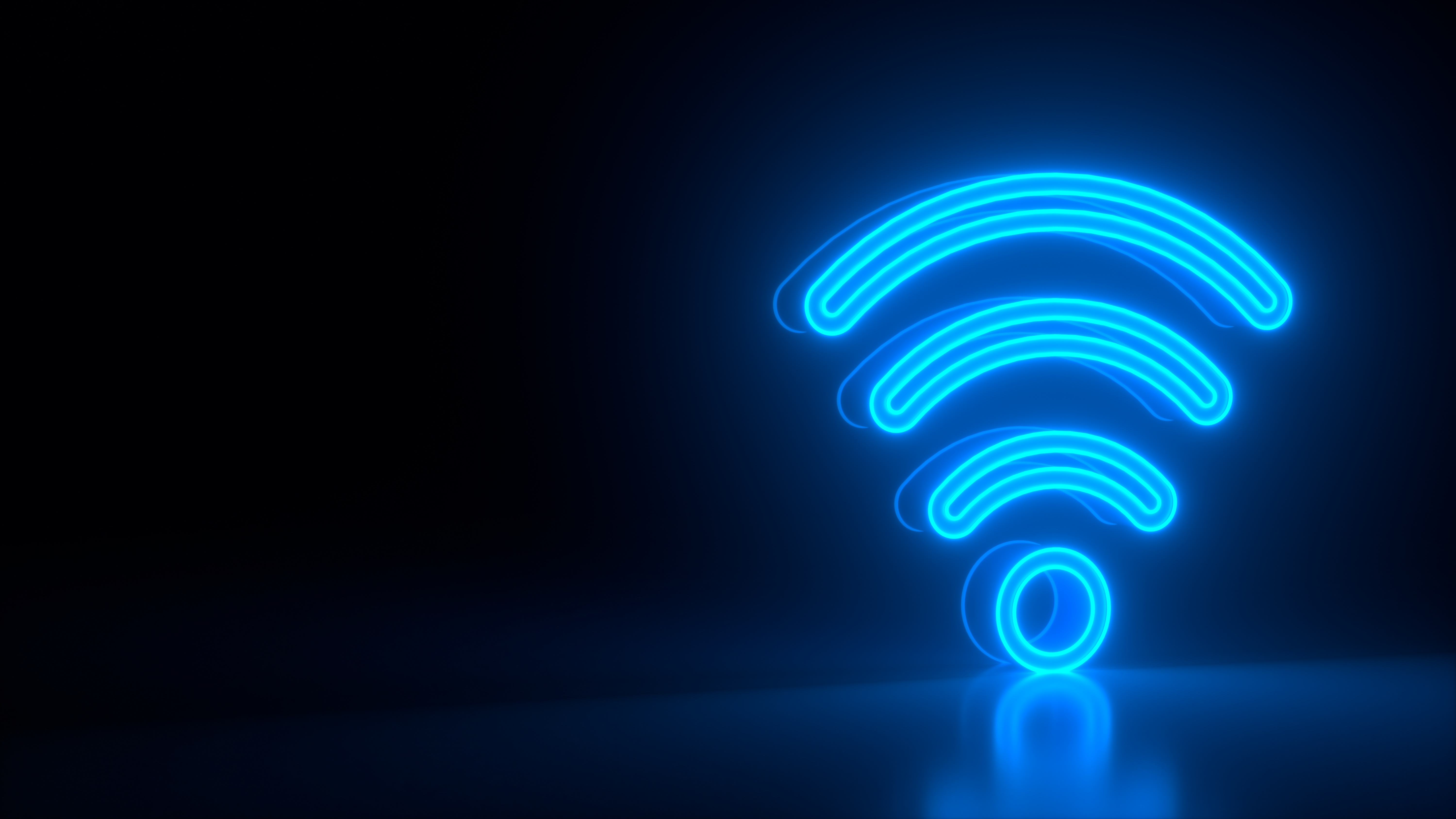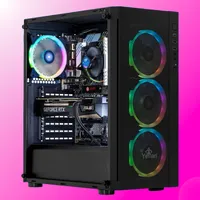The Wi-Fi 7 era officially begins with the introduction of certified devices
Ready for prime time.

After a long period of development, the Wi-Fi Alliance has officially begun certifying Wi-Fi 7 devices. This paves the way for mass adoption of the new standard, providing more seamless interoperability. Until the next standard comes along, we can expect Wi-Fi networking to dramatically improve, with faster, more reliable connections and reduced latency. The latter is something gamers will appreciate.
Wi-Fi 7 is theoretically capable of delivering aggregated throughput of over 40 Gbit/s, even if speeds don't come anywhere close to that limit. That's fast enough to supplant consumer-level wired Ethernet. But speeds are just one of many benefits offered by Wi-Fi 7. It's been designed to better handle multiple simultaneous connections, or maximize performance with a single connection. A key feature is MLO, or Multi-Link Operation, which dynamically assigns different channels and frequencies to deliver better performance with lower latency and less interference.
Connections in the 6GHz band are now possible, which, along with a wider 320MHz channel width, will allow multiple devices to access speeds in the multi-Gigabit range. Households with many devices including PCs, phones and laptops can use Wi-Fi 7 to do things like stream 4K video and deliver untethered AR and VR services.
But Wi-Fi 7 isn’t just about raw speed and multiple-device support. Lower latency is something that gamers can take advantage of. Anyone that’s been frustrated by poor performing, crowded or congested networks should be happy with what Wi-Fi 7 has to offer. One of the less highlighted features of Wi-Fi 7 is 512 Compressed block-ack, which lowers overhead and improves efficiency. Additionally, Triggered Uplink Access improves performance in latency sensitive applications.
Pre-certified Wi-Fi 7 devices have been available for a while now. It was a highly touted feature on many Z790 refresh motherboards, while several manufacturers have already released Wi-Fi 7 ready routers. As long as you check periodically for firmware and software updates, these devices should work seamlessly with certified Wi-Fi 7 devices.
Don't feel as though you need to rush out an upgrade to Wi-Fi 7 though. It'll be with us for many years to come. Even now Wi-Fi 6E routers carry a price premium, especially the high bandwidth ones, and high end Wi-Fi 7 routers will remain expensive for the foreseeable future. At least you get back compatibility, so your older Wi-Fi devices will still function, albeit without Wi-Fi 7 exclusive features.
Best gaming PC: The top pre-built machines.
Best gaming laptop: Great devices for mobile gaming.
Keep up to date with the most important stories and the best deals, as picked by the PC Gamer team.

Chris' gaming experiences go back to the mid-nineties when he conned his parents into buying an 'educational PC' that was conveniently overpowered to play Doom and Tie Fighter. He developed a love of extreme overclocking that destroyed his savings despite the cheaper hardware on offer via his job at a PC store. To afford more LN2 he began moonlighting as a reviewer for VR-Zone before jumping the fence to work for MSI Australia. Since then, he's gone back to journalism, enthusiastically reviewing the latest and greatest components for PC & Tech Authority, PC Powerplay and currently Australian Personal Computer magazine and PC Gamer. Chris still puts far too many hours into Borderlands 3, always striving to become a more efficient killer.


